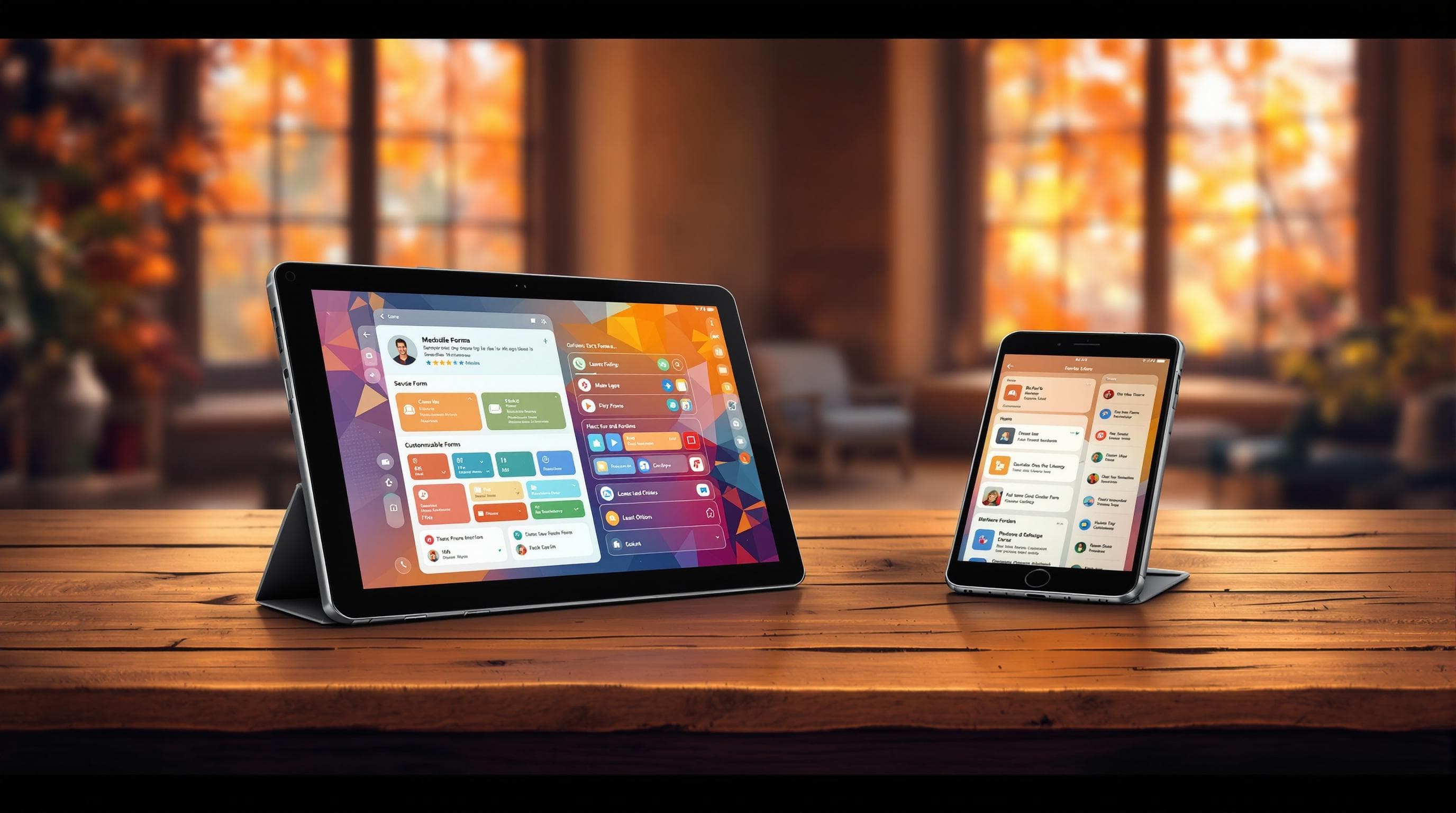Unleashing Creativity with Low Code Design in Form Building


In a world where digital interactions dominate how businesses and institutions connect with individuals, the necessity for effective digital communication tools has never been more apparent. Among these tools, online forms play a pivotal role. They are essential in gathering information, facilitating transactions, and enhancing user engagement. However, creating forms that are both functional and visually appealing can often feel overwhelming, particularly for those without extensive coding knowledge. This is where low code design in form building comes into play, revolutionizing the process by making it accessible and efficient.
Why Low Code Design in Form Building Matters
Low code design is transforming how we approach form creation by democratizing the process. It allows individuals and businesses to craft customized forms without requiring deep coding skills. Here’s why this is important:
- Empowerment: Low code platforms empower a broader audience, from marketers to educators, to create and manage their own forms, removing the dependency on specialized IT teams.
- Speed and Efficiency: Forms can be developed faster, reducing the time between conceptualization and deployment.
- Cost-Effective: By minimizing the need for specialized developers, organizations can significantly cut down on costs.
- Flexibility and Customization: Users can easily tailor forms to meet specific needs, ensuring that they align with branding and functionality requirements.
The Benefits of Using Low Code Platforms for Form Building
Low code design offers numerous advantages that make it an appealing choice for individuals and organizations:
- Ease of Use: With drag-and-drop editors, users can easily add or remove fields, adjust layouts, and apply custom styles without writing a single line of code.
- Scalability: As the needs of a business grow, low code platforms can easily accommodate new requirements, from adding more complex logic to integrating with third-party applications.
- Real-Time Updates: Changes can be made and viewed in real-time, reducing iteration cycles and enhancing collaboration across teams.
- Mobile Optimization: Ensuring that forms are responsive and look great on any device is crucial. Low code platforms typically offer built-in mobile optimization features.
- Integration Capabilities: Seamlessly integrate with tools like Google Sheets, CRM systems, and email marketing platforms to streamline data collection and management processes.
Steps to Create Stunning Forms with Low Code Design
Creating a form using low code design tools involves several key steps. By following these steps, you can ensure that your forms are not only functional but also engaging and aesthetically pleasing.
1. Define Your Purpose
Before diving into the design, clearly define the purpose of your form. Understanding what you want to achieve will guide your design choices and field selections.
- Identify the information you need: Are you collecting feedback, signups, or conducting surveys?
- Consider your audience: Who will be filling out this form? Tailor the language and complexity to suit their needs.
2. Choose the Right Low Code Platform
Selecting a platform that aligns with your needs is crucial. Consider the following factors:
- Ease of use: Look for platforms with intuitive interfaces and comprehensive tutorials.
- Features and Integrations: Ensure the platform supports the features you need, such as payment gateways or conditional logic.
- Scalability: Choose a platform that can grow with your needs.
3. Design Your Form
Once you have a platform, begin designing your form with these tips in mind:
- Keep it Simple: Avoid overwhelming users with too many fields. Focus on essential fields that serve your form’s purpose.
- Visual Consistency: Ensure that the form design aligns with your brand’s aesthetics. Use consistent colors, fonts, and styles.
- Responsive Design: Test your form on different devices to ensure it is mobile-friendly.
4. Leverage Advanced Features
Enhance your form’s functionality with advanced features:
- Conditional Logic: Show or hide fields based on user responses to make the form more interactive and personalized.
- Auto-fill and Validation: Use features like auto-fill and validation to improve user experience and ensure data accuracy.
- Integration with Other Tools: Connect your forms to tools like Google Sheets for seamless data management and analysis.
5. Test and Iterate
Before launching your form, it’s important to test it thoroughly:
- User Testing: Have a few people outside your team fill out the form to identify any usability issues or areas for improvement.
- A/B Testing: Experiment with different versions of your form to see which one performs better in terms of completion rates.
6. Launch and Monitor
After testing, launch your form and monitor its performance:
- Analytics: Use the platform’s analytics tools to track metrics such as submission rates and completion times.
- Feedback Loop: Encourage users to provide feedback on the form’s usability to inform future improvements.
Summary
Low code design in form building is a game-changer, offering a powerful way to create customized, responsive, and visually appealing forms without the need for extensive coding knowledge. By following a structured approach—defining your purpose, choosing the right platform, designing with the user in mind, leveraging advanced features, testing, and monitoring—you can create forms that are both functional and engaging.
Take the First Step
Ready to unleash your creativity in form building? Explore the potential of low code design by trying out Ezpa.ge’s form builder today. With its user-friendly interface and robust features, you’ll be creating stunning forms in no time. Start your journey here and see how easy and rewarding low code design can be.
By embracing low code platforms, you not only save time and resources but also empower yourself and your team to take control of your digital interactions, enhancing both efficiency and engagement. Don’t wait—start building today!


